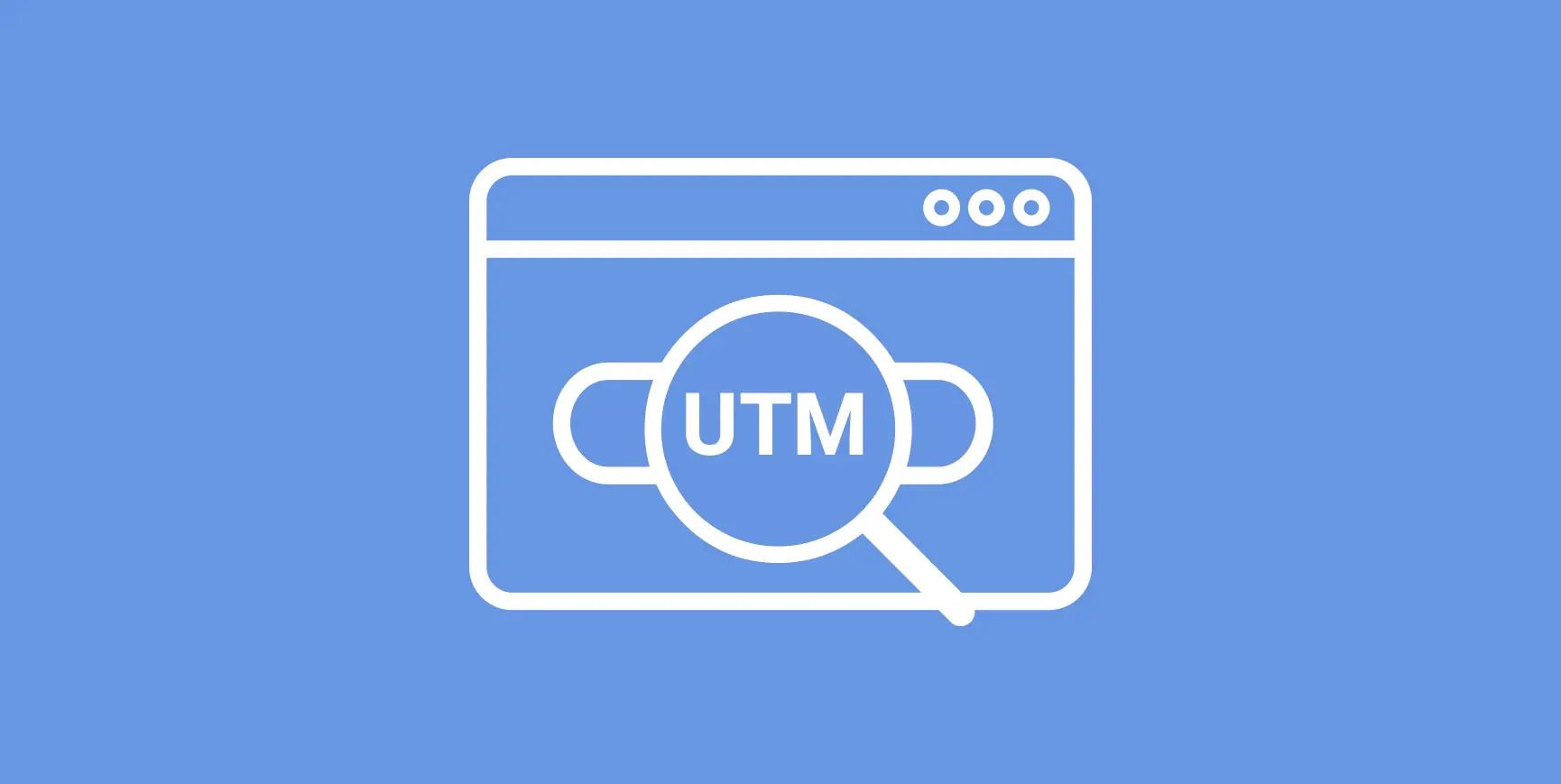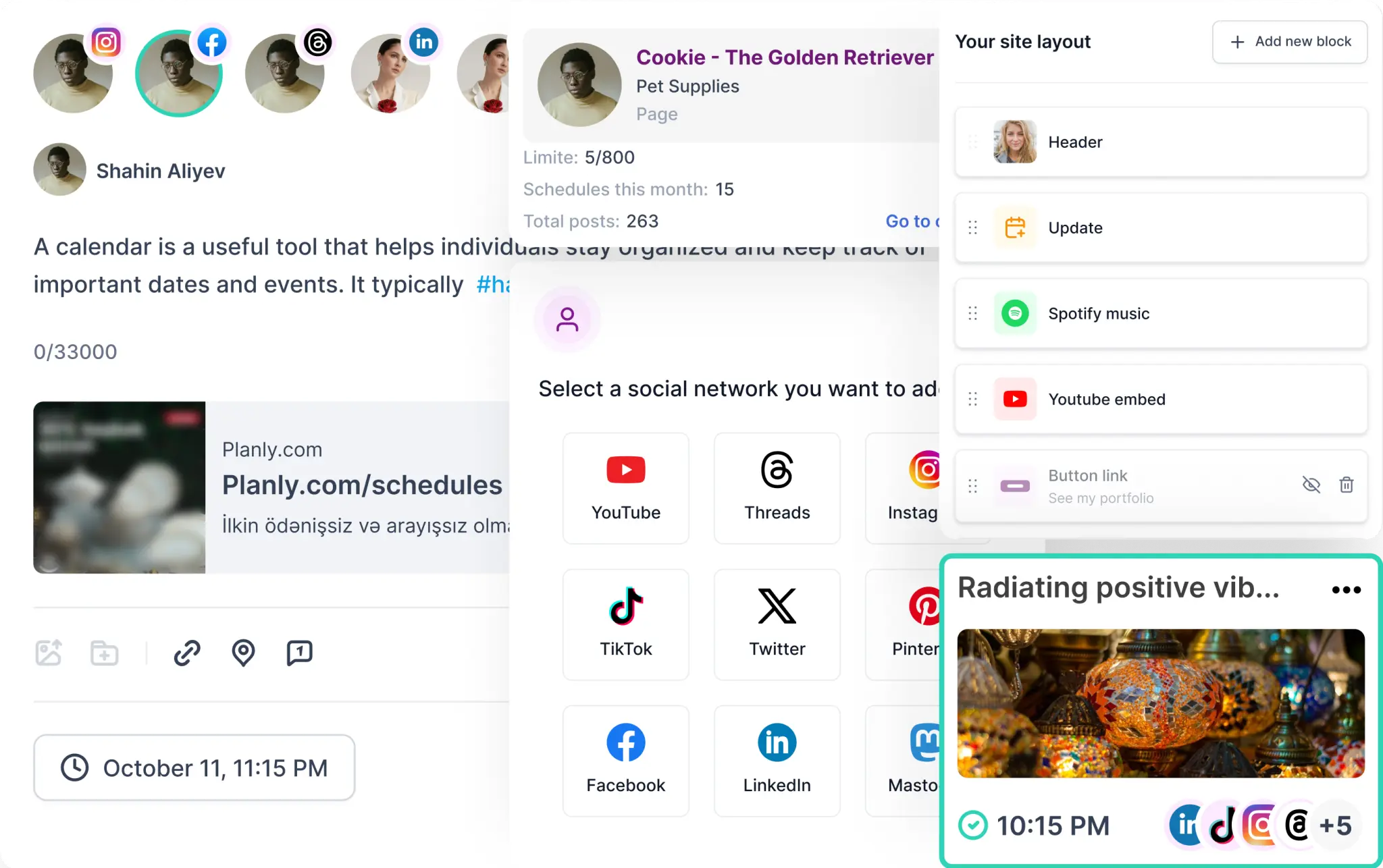In today's digital marketing landscape, effective campaign tracking and data analysis are vital for understanding the success of your marketing efforts. UTM parameters provide a powerful solution by allowing you to track the performance of your marketing campaigns accurately.
This comprehensive guide will
walk you through everything you need to know about UTM parameters. We'll cover what UTM parameters are, how to use them effectively, and how they can supercharge your marketing insights. So, let's dive in!
What are UTM Parameters?

UTM parameters are tags added to the end of a URL, allowing you to track the performance of your marketing campaigns. By appending specific UTM parameters to your URLs, you can identify the source, medium, campaign, keyword, and content associated with a particular link. This data helps you understand which campaigns are driving the most traffic, conversions, and revenue.
Why are UTM Parameters Important?
Accurate Campaign Tracking: UTM parameters enable you to accurately track the effectiveness of your marketing campaigns, ensuring you know exactly where your traffic is coming from.
Clear Insights: By providing comprehensive data on various parameters, such as source, medium, campaign, etc., UTM parameters help you gain valuable insights into the effectiveness of your marketing channels and campaigns.
Performance Optimization: Armed with the insights provided by UTM parameters, you can optimize your marketing efforts by identifying which campaigns are performing well and which require improvement.
Attribute Revenue: UTM parameters allow you to track conversions and attribute revenue to specific campaigns, enabling you to measure the return on investment (ROI) for your marketing activities accurately.
The Anatomy of a UTM Parameter
A typical UTM parameter consists of five standard elements:
a. UTM_Source: Identifies the source of traffic, such as a search engine or website name. Example: utm_source=google
b. UTM_Medium: Specifies the medium through which the traffic is coming, such as organic search, email, or social media. Example: utm_medium=cpc
c. UTM_Campaign: Highlights the specific campaign associated with the link. Example: utm_campaign=summer_sale
d. UTM_Term: Allows for tracking keywords associated with your campaign, especially useful for paid advertising. Example: utm_term=running_shoes
e. UTM_Content: Differentiates between different versions or segments of your marketing content. Example: utm_content=cta_button
How to Create UTM Parameters

When creating UTM parameters, it's important to follow certain best practices to ensure accurate tracking and consistent data. Here's a step-by-step process to create UTM parameters:
Step 1: Identify the URL you want to track
Step 2: Determine the UTM parameter values for each element (source, medium, campaign, term, and content)
Step 3: Create your UTM parameter string by appending the parameter values to the URL using the "?" symbol followed by an "&" between each parameter
Step 4: Use only lowercase letters, digits, hyphens, and underscores in your UTM parameter values to ensure compatibility across platforms
Step 5: URL encode the entire UTM string if it contains special characters or spaces
Common UTM Parameters and Best Practices
To ensure consistency and standardization in your UTM parameter usage, it's important to follow some best practices. Here are the common UTM parameters and recommendations for each:
- UTM_Source
- Use lowercase letters and avoid spaces or special characters
- Use descriptive names for better understanding in your reports
- Consistently use the same source name for consistency Example:
utm_source=facebook
2. UTM_Medium
- Use lowercase letters and avoid spaces or special characters
- Be consistent in your medium naming conventions Example:
utm_medium=social
3. UTM_Campaign
- Use lowercase letters and avoid spaces or special characters
- Include campaign-specific details for clarity Example:
utm_campaign=spring_launch
4. UTM_Term
- Use lowercase letters and avoid spaces or special characters
- Useful specifically for tracking paid keywords or search terms Example:
utm_term=running_shoes
5. UTM_Content
- Use lowercase letters and avoid spaces or special characters
- Useful for differentiating between variations of the same content, such as A/B testing or multiple call-to-action buttons Example:
utm_content=cta_button
Tools to Generate UTM Parameters

Creating UTM parameters manually can be time-consuming and prone to errors. Luckily, several tools can simplify the process and ensure accuracy. Here are some popular tools for generating UTM parameters:
- Google Analytics Campaign URL Builder
- UTM.io
- HubSpot URL Builder
- Bitly
Implementing UTM Parameters in Different Platforms
Now that you understand the fundamentals of UTM parameters, let's explore how to implement them in various marketing platforms. Using a Twitter content scheduler alongside UTM parameters can help ensure your campaigns are consistently tracked and analyzed, giving you precise insights into the performance of your Twitter marketing efforts.
- Google Analytics
Google Analytics is one of the most popular platforms for analyzing website traffic and campaign performance. To implement UTM parameters in Google Analytics, follow these steps:
- Build your UTM parameters using any of the recommended tools
- Append the UTM parameter string to the end of your destination URL
- Use the modified URL in your campaigns or marketing channels
- View your campaign data in Google Analytics under Acquisition > Campaigns
2. Social Media Platforms
UTM parameters can provide valuable insights into the performance of your social media campaigns. Here's how to implement them on popular social media platforms:
- Facebook: Use the Facebook Ads Manager to create UTM parameters for your ads, or utilize the Facebook URL Builder.
- Twitter: Use the Twitter Ads platform to create and track UTM parameters for your campaigns.
- Instagram: Utilize tools like Bitly or Linktree to generate UTM parameters for your Instagram bio or post links.
3. Email Marketing Platforms
Monitoring the effectiveness of your email campaigns becomes much easier with UTM parameters. Most email marketing platforms allow you to set up UTM parameters for your email links. Here's how to do it with popular email marketing platforms:
- Mailchimp: During the campaign creation process, choose the "Enable Google Analytics link tracking" option to automatically add UTM parameters to your email links.
- ActiveCampaign: Enable the "Google Analytics Campaign" tracking feature under the Campaign Settings to include UTM parameters in your email links.
- Campaign Monitor: On the URL builder within the email campaign editor, select the "Tracking" option to add UTM parameters to your links.
4. Paid Advertising Platforms
UTM parameters are invaluable when it comes to tracking the success of your paid advertising campaigns. Here's how to implement UTM parameters in popular advertising platforms:
- Google Ads: Utilize the "Final URL suffix" option in each ad group or keyword to add UTM parameters automatically. Use dynamic text replacement for keywords.
- Facebook Ads: Use the Facebook Ads Manager to add UTM parameters by selecting the "Add URL Parameters" option in the ad setup.
5. Analyzing UTM Parameters in Google Analytics
After implementing UTM parameters, it's crucial to understand how to analyze the data in Google Analytics effectively. Here are some key reports to explore:
- Acquisition > All Traffic > Source/Medium
- Acquisition > Campaigns
- Acquisition > Channels
- Conversions > Goals > Overview
6. Best Practices for UTM Parameter Usage
To maximize the benefits of UTM parameters, it's important to follow these best practices:
- Consistency: Maintain consistent naming conventions for your UTM parameters to ensure accurate data and easy reporting.
- Documentation: Keep a record of your UTM parameters and their purpose to ensure proper tracking.
- Test & Validate: Test your UTM parameters thoroughly before launching campaigns to avoid any tracking issues.
- Regular Auditing: Periodically review and update your UTM parameters to eliminate any inconsistencies or deprecated campaigns.
- Educating Teams: Train your marketing teams on UTM parameters to ensure proper usage and understanding of the insights provided.
7. Common UTM Parameter Mistakes to Avoid
When using UTM parameters, it's important to avoid some common mistakes to ensure accurate tracking and reporting. Here are a few to be mindful of:
- Typos or Misspellings: Check your UTM parameters for any typos or misspellings to avoid fragmentation of your data.
- Overuse of UTM_Content: While UTM_Content can be useful for A/B testing, avoid overusing it as it may lead to a cluttered and confusing report.
- Case Sensitivity: Remember that UTM parameters are case-sensitive, so ensure consistency in your naming conventions.
- Invalid Characters: Avoid using special characters, spaces, or uppercase letters in your parameter values to maintain compatibility across platforms.
Conclusion:
UTM parameters provide a powerful means of tracking and analyzing the performance of your marketing campaigns. By following the best practices outlined in this guide, you can effectively implement UTM parameters across various platforms and unlock valuable insights into the success of your marketing efforts. Start utilizing UTM parameters today and elevate your marketing strategies to new heights. Happy tracking!









